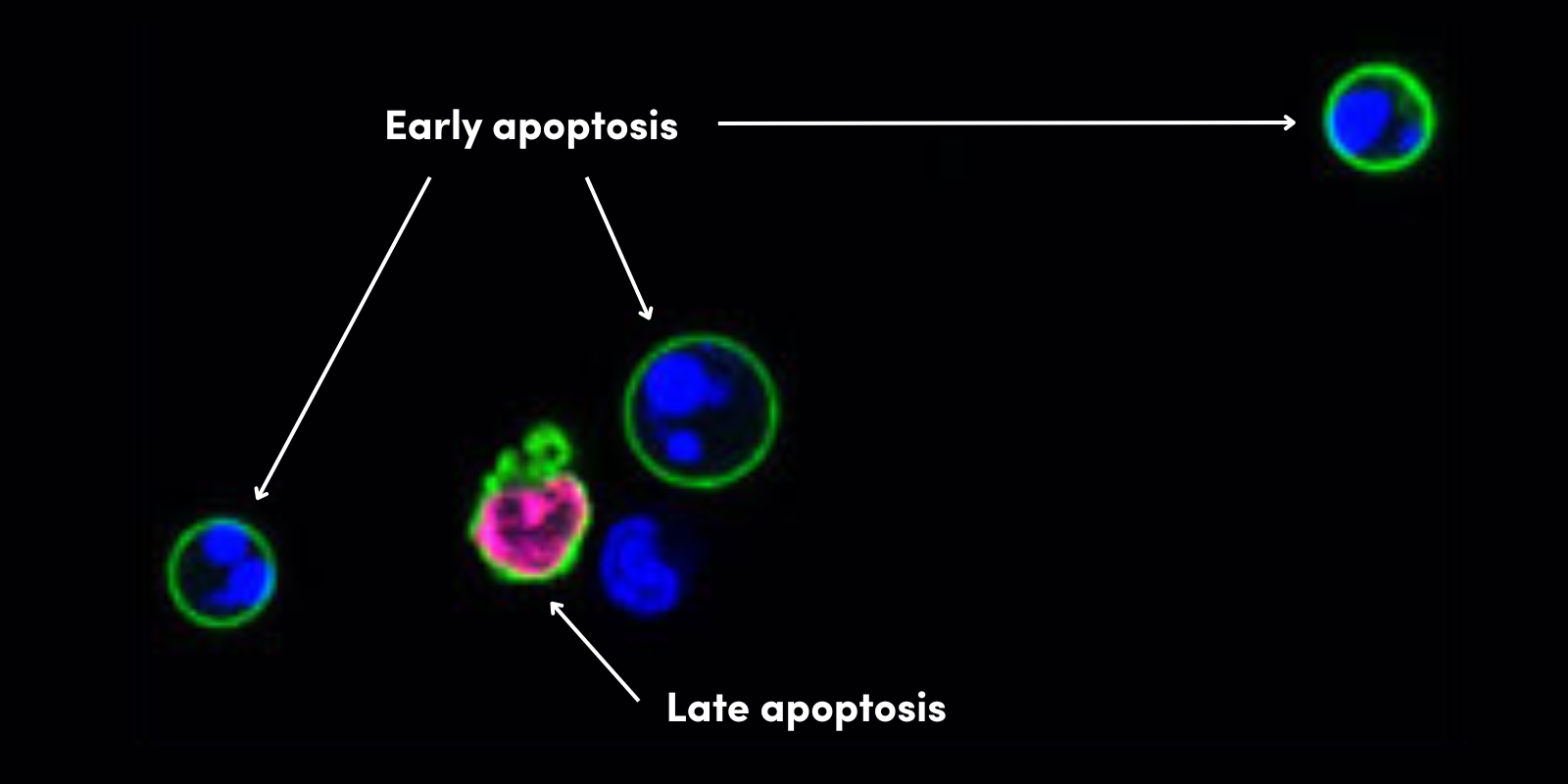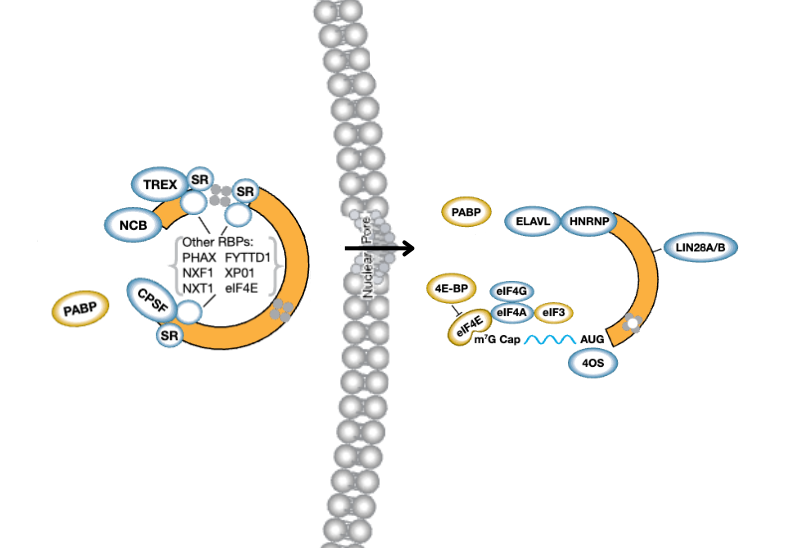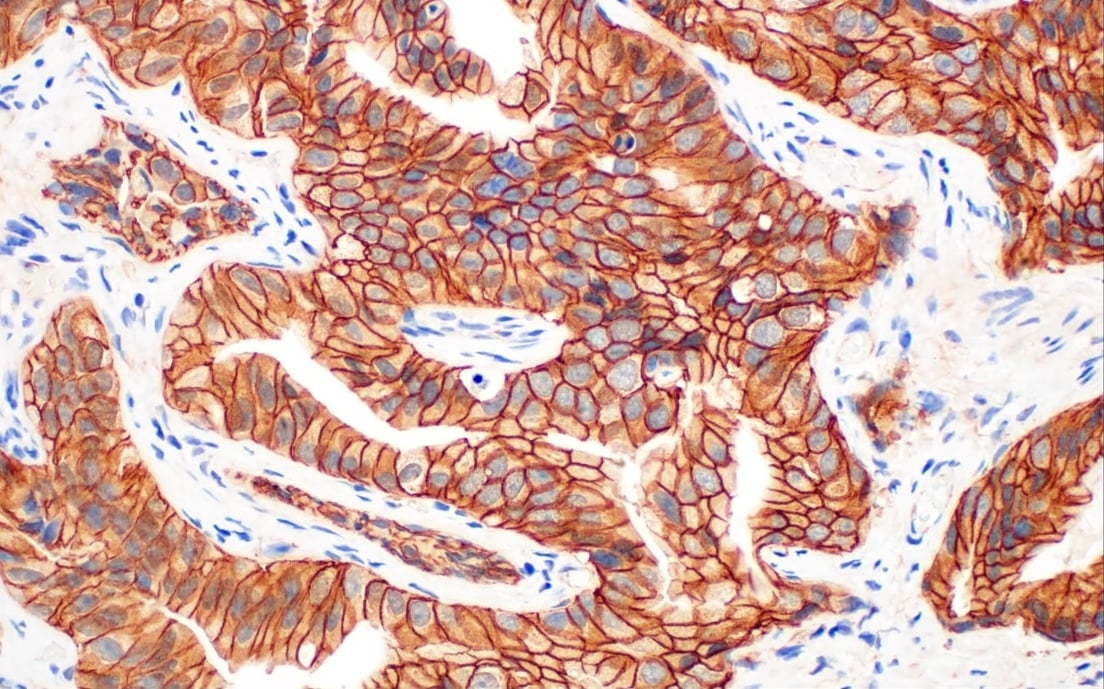The activity of genes and their regulatory elements is, in part, governed by their cell type-specific chromatin organization. Nucleosomes, the building blocks of chromatin, are wrapped around a core of histone proteins that are subject to many post-translational modifications that can either promote or silence gene expression. Individual histones can bear both active and repressive marks and occasionally harbor the two types of modifications concurrently. Such dual or ‘combinatorial’ modifications are prevalent in certain cell populations.
As it stands today, there is not a reliable method of determining whether an individual nucleosome in a particular region of the genome bears combinatorial marks indicative of both an active and repressive chromatin state.
In the May 6th, 2016 issue of Science Shema and colleagues from Massachusetts General Hospital and Harvard Medical School reported on a novel approach that identifies histone modifications and genome localization of individual nucleosomes using a high-throughput fluorescent single-molecule approach. The article is entitled: ‘Single-molecule decoding of combinatorially modified nucleosomes’.
Chromatin immunoprecipitation (ChIP) is often the ‘go-to’ method for the study of histone modifications associated with the regulation of gene expression. While ChIP can identify the approximate genomic location of a given chromatin modification, it does not provide the resolution required to detect epigenetic marks at nucleosomal level. Mass spectrometry is more sensitive in this regard but can only detect modifications that are present on the same fragmented histone peptide, and lacks information regarding genomic location.
Shema et al address these limitations by designing a single-molecule approach based on isolating, immobilizing, and visualizing mononucleosomes via total internal refraction (TIRF) microscopy using conjugated monoclonal antibodies that detect specific histone modifications.
Brief overview of experimental design:
- Nucleosome isolation via micrococcal nuclease digestion
- Ligation of free DNA ends to fluorescently labeled biotinylated adaptor oligonucleotides
- Capture of adaptor-ligated fluorescent mononucleosomes on PEG (polyethylene glycol) and streptavidin-coated slides
- TIRF microscopy to visualize the mononucleosomes and record their position on the slide, followed by cleavage of the fluorophore on the adaptor molecule
- Incubation of captured mononucleosomes with fluorescently labeled antibodies that detect specific histone modifications
- Time-lapse TIRF microscopy to monitor repeated antibody binding and dissociation events, allowing for proper scoring of positive and negative nucleosomes for each modification.
- Single-molecule sequencing to map histone modifications to particular sites of the genome.
Proof of principle:
Basal levels of acetylation on Histone 3 Lysine 9 (H3K9ac) were assessed in human embryonic kidney (HEK) 293 cells using the single-molecule approach. Upon surveillance of millions of individual nucleosomes it was found that 1% of all nucleosomes carry this modification. As would be expected, this number increased to 7% upon treatment of cells with histone deacetylase (HDAC) inhibitors. As a negative control, recombinant unmodified nucleosomes were examined for H3K9ac expression and only 0.1% of nucleosomes scored positively. Nucleosomes were additionally scored for H3K4me3, H3K27me3, H3K27me2, and H3K27ac marks. These modifications were also cross-examined on unmodified recombinant nucleosomes, confirming the specificity of the assay.
Main findings
1. Bivalent nucleosomes are prevalent in pluripotent embryonic stem cells (ESCs):
Nucleosomes from ESCs as well as their lineage-committed counterparts were scored for having bivalent nucleosomes. The term ‘bivalent’ refers to chromatin regions that simultaneously express both repressive and active histone marks, typically corresponding to H3K27me3 and H3K4me3 modifications, respectively. Earlier reports in the literature had proposed that the co-existence of such opposing modifications is evident on developmental gene promoters in ESCs, a property thought to poise these genes for alternate lineage fates. This phenomenon is supported by evidence from sequential ChIP and IP mass spectrometry experiments, however no definitive proof exists that such marks reside on the same nucleosomes. Hence this study attempted to address this question using their single-molecule approach.
TIRF imaging revealed that of all nucleosomes surveyed about 6.5% carried H3K27me3, 2% carried H3K4me3, and only 0.5 % carried both marks. The authors concluded the latter subset to be truly bivalent. The study found that such nucleosomes were far less prevalent in differentiated cells, as expected.
In addition, combinations of a diverse set of modifications were monitored, including modifications marking active enhancers (H3K27ac) and intergenic regions (H3K27me2) in combination with the repressive and activating H3K27me3 and H3K4me3 marks, respectively. It was found that chromatin from both ESCs and lineage-committed cells (lung fibroblasts) showed appreciable levels of the pairwise combination of the two H3K4me3 and H3K27ac active marks. But only ESCs exhibited bivalent chromatin, which the authors speculate may be related to the hyperdynamic nature of ESC chromatin.
2. Bivalent nucleosomes are prevalent in certain cancers:
It has been previously shown that genomic loci bearing bivalent chromatin in ESCs are often deregulated in cancer cells. With that in mind Shema et al screened several cancer cell lines including the lymphoma cell line Karpas 422. Karpas 422 harbors a gain-of-function mutation in the EZH2 gene that augments the protein’s catalytic activity resulting in elevated levels of tri-methylation at H3K27. It was found that 50% of H3K4me3 bearing nucleosomes in Karpas422 cells were also modified at H3K27me3. The authors estimate that the proportion of bivalent nucleosomes is 4 fold greater than that expected from random or artifactual overlap of these two marks, suggesting that EZH2 is preferentially methylating nucleosomes containing H3K4me3. To test this further the authors treated Karpas 422 with an EZH2 inhibitor to monitor the frequency of bivalent nucleosomes. As a result they observed a preferential depletion of bivalent nucleosomes in these cells further validating their single-molecule approach.
3. Chromatin-modulating agents affect the frequency of combinatorial histone marks:
Treatment with a pan-HDAC inhibitor increased acetylation levels at H3K9ac and H3K27ac preferentially at nucleosomes with the H3K4me3 active mark, consistent with the function of histone acetylation at active promoters. Whereas a p300 histone acetyltransferase inhibitor reduced acetylation levels with no bias for H3K4me3 nucleosomes, consistent with the role for this enzyme at enhancer elements rather than promoter regions.
4. Genomic mapping of DNA from bivalent nucleosomes:
Last but not least, the study utilized a single-molecule DNA sequencing method first reported by Harris et al in 2008 to sequence and map the DNA associated with each individual nucleosome to a particular locus within the genome. This was achieved by decoding the modification state of each nucleosome by TIRF microscopy in ESCs, as described above, followed by displacement of histones via enzyme digestion leaving behind double-stranded nucleosomal DNA.
Single-molecule sequencing utilizes a DNA polymerase, a library of poly(A) tailed templates and Poly(dT) oligos that are used for template capture and subsequently as a primer for template-directed synthesis of short reads. 26,000 reads corresponding to H3K27me3-positive nucleosomes generated from this sequencing effort were cross-referenced to genomic regions that were identified as H3K27me3-positive by ChIP sequencing (ChIP-seq). It was found that almost 50% of these reads aligned with genomic regions identified by ChIP-seq for the H3K27me3 mark. Approximately 1000 reads were identified that corresponded to nucleosomes with dual H3K27me3 and H3K4me3 marks that mapped to developmental genes such as Runx1 and Nkd1 among others, for the first time, providing definitive evidence for the genomic address of individual bivalent nucleosomes.
Conclusion:
In summary, the study leverages proteomic and genomic approaches to deepen our understanding of chromatin organization at single-molecule resolution.
While many of the findings in this study are not necessarily novel, in that the described observations have been speculated and hypothesized about in previous reports, Shema and colleagues put forward a powerful way of validating these speculations in high-throughput, scalable fashion that requires minimal input material.
Are you interested in antibodies for these targets? Check out how ours compare to the competition's in our Histone Modification Antibodies Brochure.
CST Resources:
Cell Signaling Technology provides a broad offering of antibodies that detect histone modifications, several of which are featured in the article described above.
For information on our validation principles, please refer to our Histone Modification Antibodies Page.
An abundance of additional resources can also be found on our Chromatin/Epigenetics webpage.
KARPAS cell line source: Dr. Abraham Karpas at the University of Cambridge.






